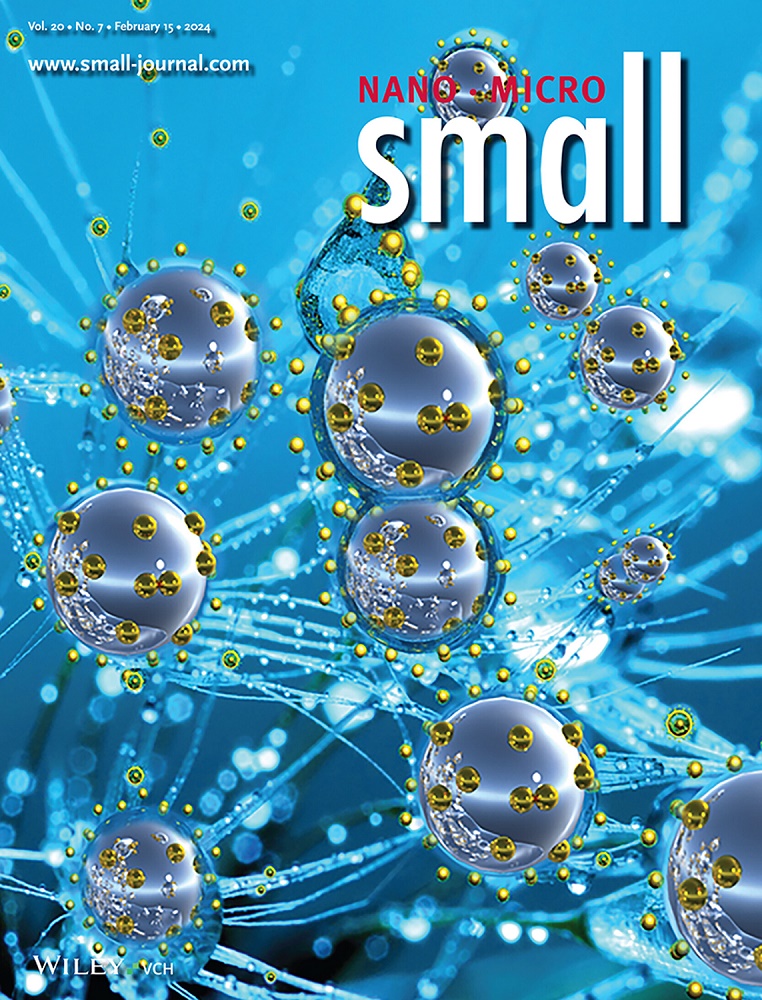金属间铂-钙合金打破燃料电池活性-稳定性平衡,提高性能
IF 12.1
2区 材料科学
Q1 CHEMISTRY, MULTIDISCIPLINARY
引用次数: 0
摘要
要实现质子交换膜燃料电池(PEMFC)替代内燃机和电池在交通运输领域的应用,需要一种不仅具有活性,而且在车辆使用寿命期间高度稳定的催化剂。铂与碱土金属的合金由于其高空位形成能而被认为是活性的和高度稳定的,但它们在纳米颗粒形式的合成被证明是具有挑战性的,这阻碍了大多数研究人员探索这一领域。本文报道了液相法制备的铂钙纳米颗粒的合成、表征和PEMFC测试。本文报道的PtCa催化剂具有核-壳结构的金属间有序原子排列,基于h2 -空气条件下阴极负载,在0.67 V时的比额定功率为9 W mgPt−1。据报道,该催化剂也超过了美国能源部(DOE) 2025年的质量活性目标,在30,000次耐久性循环后,在实际燃料电池中保持81%的保留率。该催化剂具有替代pt过渡合金催化剂的巨大潜力,目前pt过渡合金催化剂尚未达到商业标准。本文章由计算机程序翻译,如有差异,请以英文原文为准。

Intermetallic Platinum-Calcium Alloy Breaks the Activity-Stability Trade-Off in Fuel Cell for Enhanced Performance
The realization of proton exchange membrane fuel cell (PEMFC) as a replacement for combustion engines and batteries in transportation applications demands a catalyst that is not only active but also highly stable throughout the vehicle's longevity. Alloys of platinum with alkaline earth metals have been identified to be active and highly stable owing to their high vacancy formation energies, but their synthesis in nanoparticle form has proven challenging, which discourages most researchers from exploring this area. In this work, the synthesis, characterization, and PEMFC test of platinum-calcium (PtCa) nanoparticles prepared through the solution phase technique are reported. The PtCa catalyst reported here exhibits an intermetallic ordered atomic arrangement with a core–shell configuration, resulting in a specific rated power of 9 W mgPt−1 at 0.67 V based on the cathode loading under H2-air conditions. The reported catalyst also surpasses the US Department of Energy (DOE) 2025 mass activity target with an 81% retention in practical fuel cells after 30 000 durability cycles. This catalyst holds great potential to substitute the Pt-transition alloy catalysts which have thus far fallen short of meeting commercial standards.
求助全文
通过发布文献求助,成功后即可免费获取论文全文。
去求助
来源期刊

Small
工程技术-材料科学:综合
CiteScore
17.70
自引率
3.80%
发文量
1830
审稿时长
2.1 months
期刊介绍:
Small serves as an exceptional platform for both experimental and theoretical studies in fundamental and applied interdisciplinary research at the nano- and microscale. The journal offers a compelling mix of peer-reviewed Research Articles, Reviews, Perspectives, and Comments.
With a remarkable 2022 Journal Impact Factor of 13.3 (Journal Citation Reports from Clarivate Analytics, 2023), Small remains among the top multidisciplinary journals, covering a wide range of topics at the interface of materials science, chemistry, physics, engineering, medicine, and biology.
Small's readership includes biochemists, biologists, biomedical scientists, chemists, engineers, information technologists, materials scientists, physicists, and theoreticians alike.
 求助内容:
求助内容: 应助结果提醒方式:
应助结果提醒方式:


